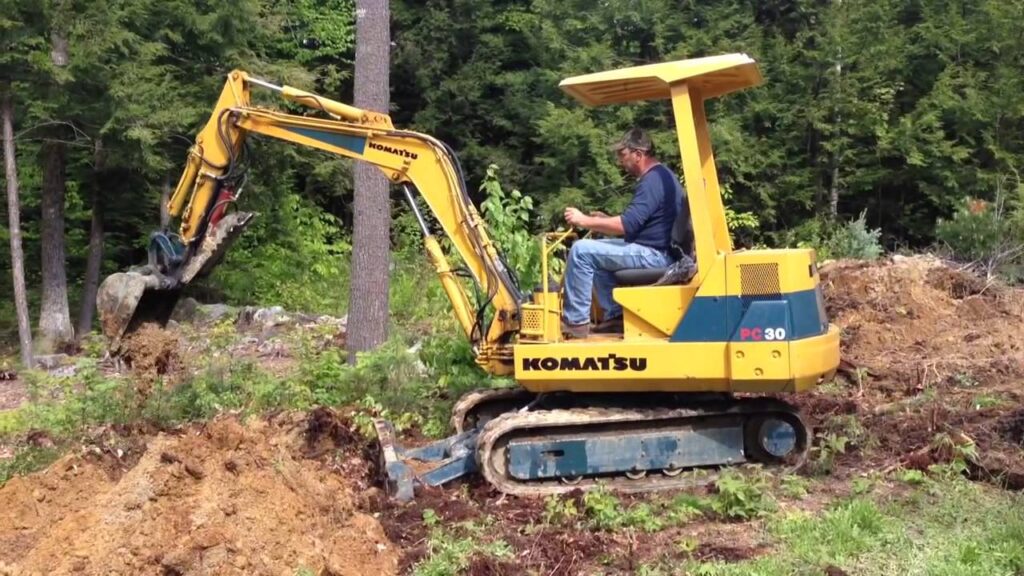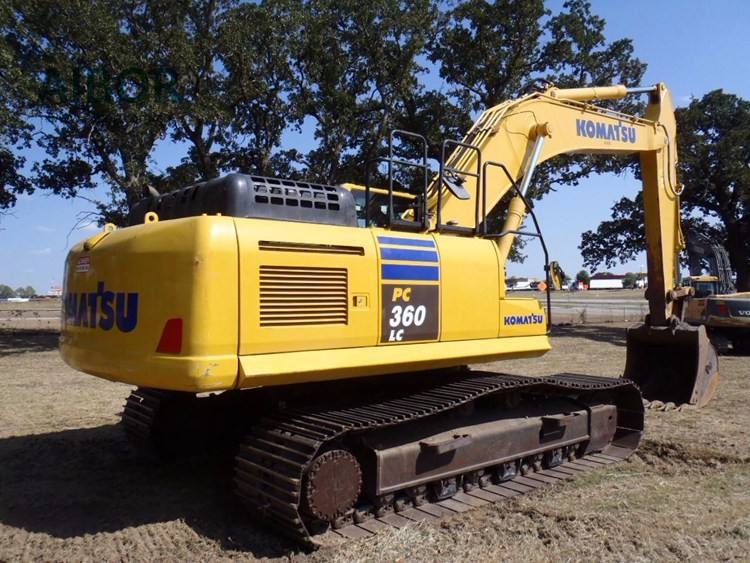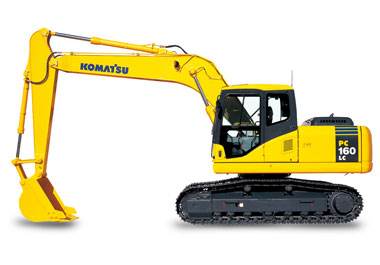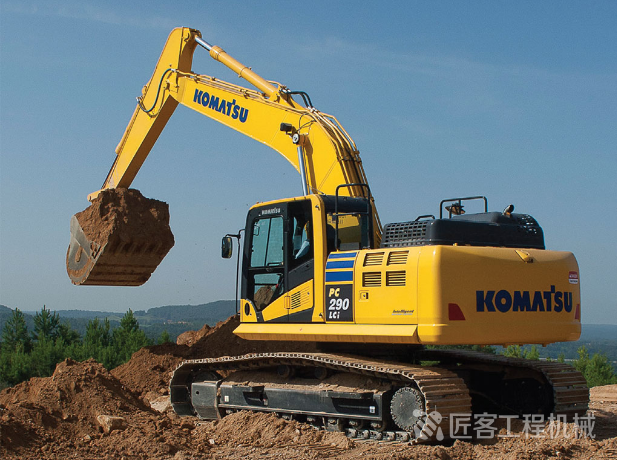
The Komatsu PC30 excavator is a very powerful and effective piece of machinery. However, that also means that proper maintenance is important. Failure to maintain it properly could mean you’ll be spending more money in the long run on repairs and other issues. This article will cover how to correctly maintain your Komatsu PC30 Excavator.
Check Komatsu PC30 battery voltage and/or charge
If you have a Komatsu PC30, it is important to learn how to check its battery voltage and/or charge. This may be the case if your PC30 has not been used in a while or if you are experiencing problems with it. This article will walk you through the steps for checking your Komatsu PC30 battery voltage and/or charge.
How To Check Komatsu PC30 Battery Voltage And/Or Charge
1. Turn off the engine of your Komatsu PC30 by pressing down on the key switch.
2. Remove the negative cable from the battery terminal, then use a wrench to loosen and remove both bolts from each of two mounting brackets that hold it securely in place next to your engine block (Note: consult your owner’s manual for exact location).
3. Locate the positive terminal of your battery by following these steps: using a wrench, turn clockwise until it stops turning; look at where there is no longer any thread showing on either side of this nut; remove red plastic cap covering terminal post; insert small screwdriver into slot above post-hole; push down firmly against post head while pulling up on wire clamp and twisting outwards so that all three pieces come loose together.
Lubricate the Komatsu PC30 machine
1. Check the oil levels in your Komatsu PC30 Mini Excavator’s engine oil, hydraulic fluid and radiator fluid to ensure that you have enough fluid to operate your machine for the time period you will be using it. Change the fluids if necessary.
2. Lubricate the pins and bushings on the excavator arm with grease. Use a grease gun to apply grease to each of the pins and bushings.
3. Perform maintenance on your Komatsu PC30 Mini Excavator by performing a complete walk around of the machine. Check all of the gauges, hoses and belts for wear or damage that could affect how the machine operates or keeps you safe while operating it.
4. Make sure all of the safety features work properly on your Komatsu PC30 Mini Excavator, including all lights, alarms, horns and backup systems such as cameras or beepers.
Komatsu PC30 гидравлик шингэний түвшинг шалгана уу
A Komatsu PC30 is an average-sized excavator. It is a heavy construction vehicle used in demolition and excavation projects. The hydraulic fluid used in the Komatsu must be checked periodically to make sure that there are no leaks and that the fluid is at the proper level.
Step 1
Park the Komatsu on a level surface. Turn off the engine and wait for the machine to cool completely.
Step 2
Open the cabin door and locate the hydraulic fluid tank near your feet on the floor of the cabin. The tank is cylindrical, about 10 inches high and is located under a clear plastic cover with “Hydraulic Fluid” written on it. Use your hands to remove the cover from the tank.
Step 3
Look inside the tank and notice how there are two lines drawn on its side. One line reads “Full” while another reads “Low.” If you see that the fluid is below or at “Low” line, then you need to add more oil to bring it up to “Full.” If it’s above this mark then do not add any oil as this can cause problems with the hydraulic system.
Check Komatsu PC30 air cleaner element and replace if necessary
You can check the air cleaner element and replace it if necessary. Before starting the engine, loosen two screws of the air cleaner housing and then remove the lid. Remove the air cleaner element by loosening the clamp, and then remove it from the housing. Check that there is no clogging or damage to the air cleaner element. Clean any dust off using a vacuum cleaner or compressed air. If you cannot clean it, replace it with a new one. Install in reverse order of removal.
Clean the Komatsu PC30 cab and operator
Preparation is critical to a successful cleaning. Inspect the interior of the cab for any loose items, tools or parts. If you find anything that could be damaged by the pressure washer, remove it before cleaning.
Remove any grease and grime from the door latches and locks with a mild soap solution and paper towels. Also clean the door hinges, window cranks and seat base and back adjustment knobs.
Use a vacuum cleaner to remove any loose debris from the floor and seats. Use compressed air to blow out any debris you can’t remove with the vacuum cleaner.
If there are any water stains on the windows, remove them with a glass cleaner containing ammonia. Any other stains on hard surfaces can be removed with a mild soap solution using a damp cloth. Rinse thoroughly.
Clean upholstery with mild soap or saddle soap, according to manufacturer specifications.
Spray down all surfaces with water from a hose or pressure washer, then wipe dry with a soft cloth or chamois for best results.
Compartment and remove any trash or debris
This is the most obvious function of a garbage can, but it’s an important one. If you have a garbage can that is too small, you’re more likely to have litter lying around your home. On the other hand, if you have a garbage can that’s too large, it will fill up quickly and become unsightly before you have time to empty it.
It’s also important to consider where your garbage can will be located. If it’s kept outdoors, then you’ll want to make sure it’s durable enough to withstand all types of weather conditions (sunlight, rain, snow etc.).
If you’re keeping your garbage can in the kitchen (which is a common choice), then aesthetics should be considered when choosing one for this location. You don’t want an eyesore sitting in the middle of your kitchen!
Check Komatsu PC30 brake operation
1. Park on a flat, level surface and place the transmission in NEUTRAL.
2. Apply the parking brake and block the tracks
3. Start the engine and warm it up for about 5 minutes.
4. Drive the machine forward at a slow speed (about 1 km/h) until it is about 10 m from the wall.
5. Fully apply both brakes to stop. The machine should come to a stop within 5 m from where you applied the brakes and before hitting the wall, with no wheel lockup or wheel spin.
6. Repeat step 5 four more times and record any problems:
7. Fully release both brakes and check that the machine moves forward and accelerates normally, with no wheel lockup or wheel spin

Check Komatsu PC30 fuel, coolant; oil contamination of the separator (if applicable)
After removing the oil filter, unscrew the drain plug. Remove the drain plug and allow to drain the engine oil.
Check the fuel level in the fuel tank, if necessary, add fuel. In order not to spill fuel due to its evaporation when adding, pour it in small portions.
The procedure for filling is carried out in accordance with the requirements of paragraph 3.1.2 of this manual.
If there are no conditions for the application of paragraph 3.1.2 of this manual, then add fuel through a funnel when tilting the machine with a small angle so that it does not flow into the intake manifold and air filter (see fig. 3-2).


